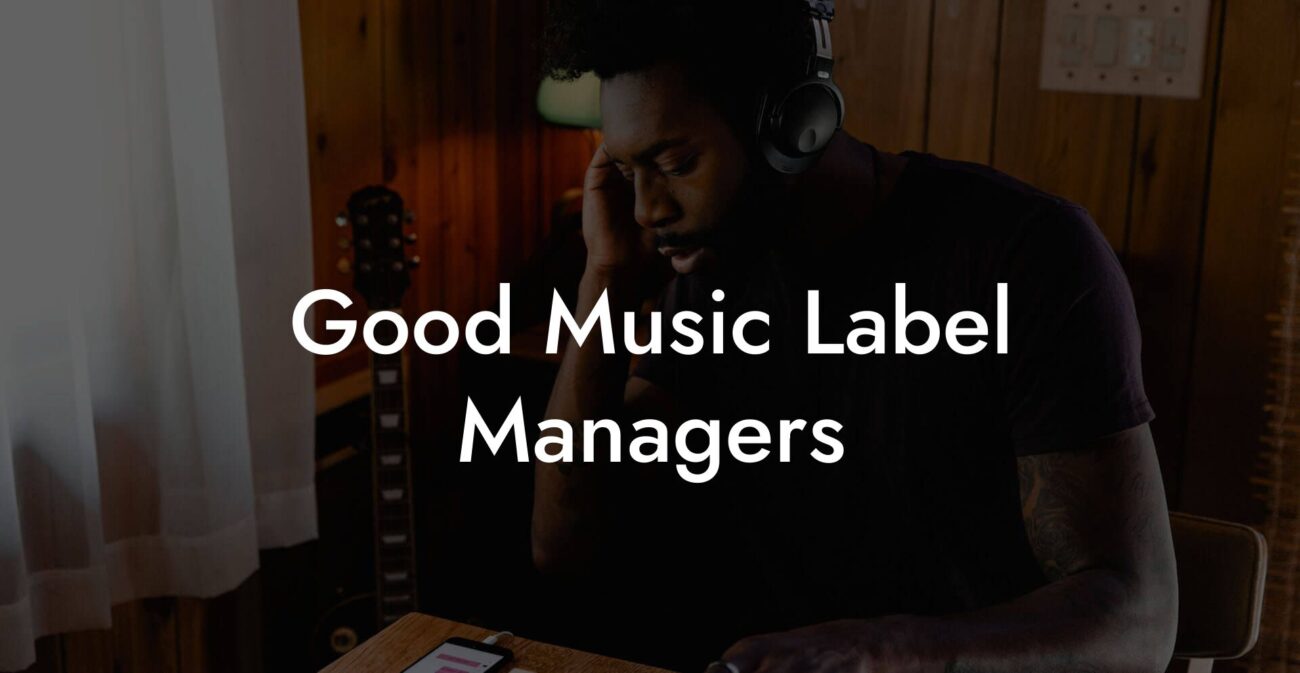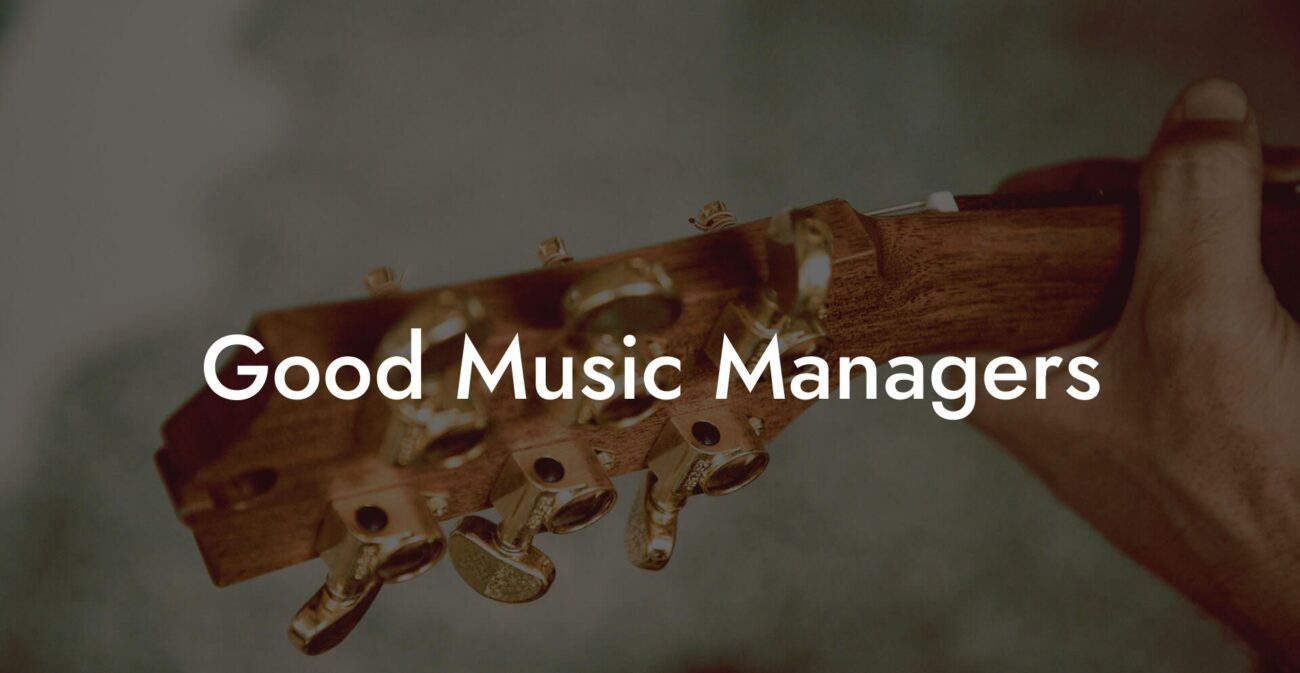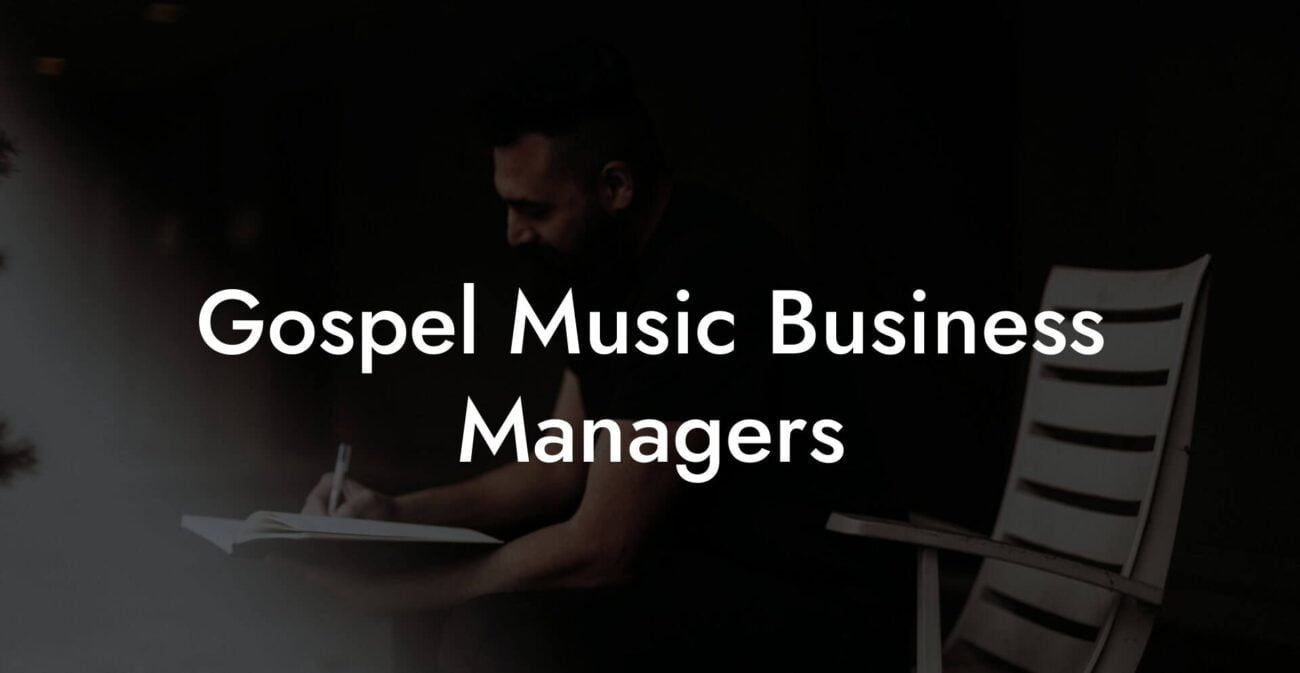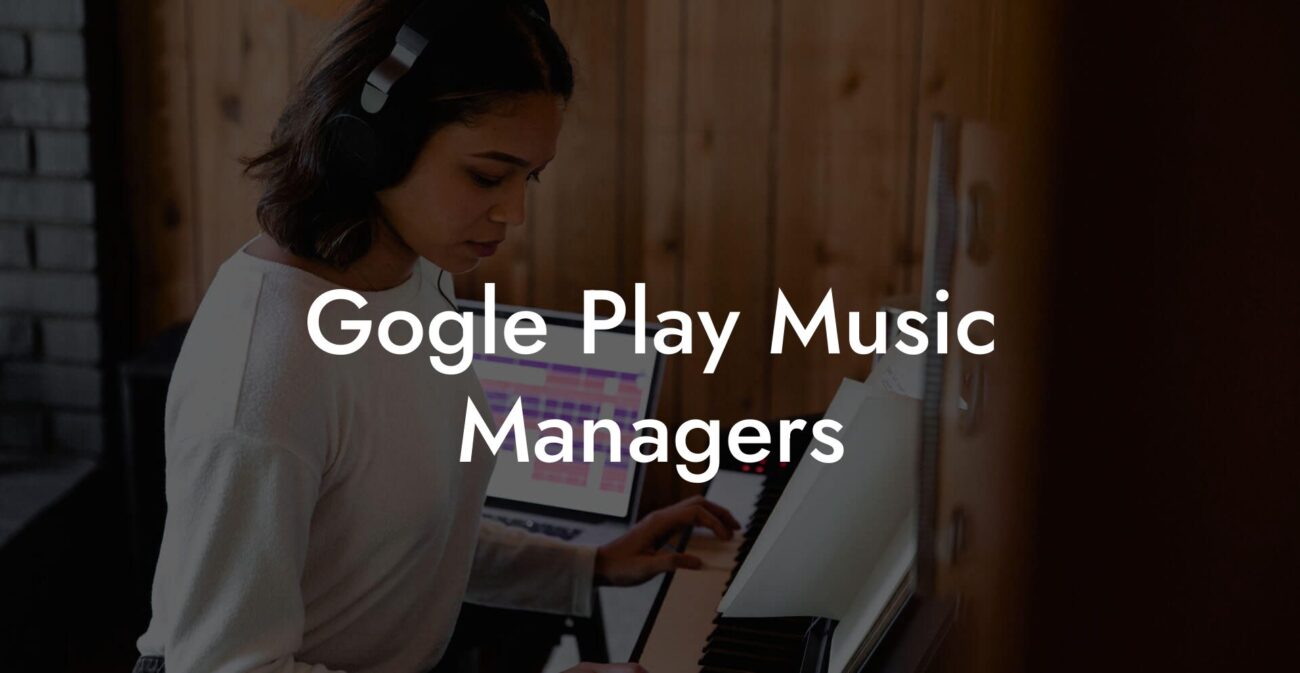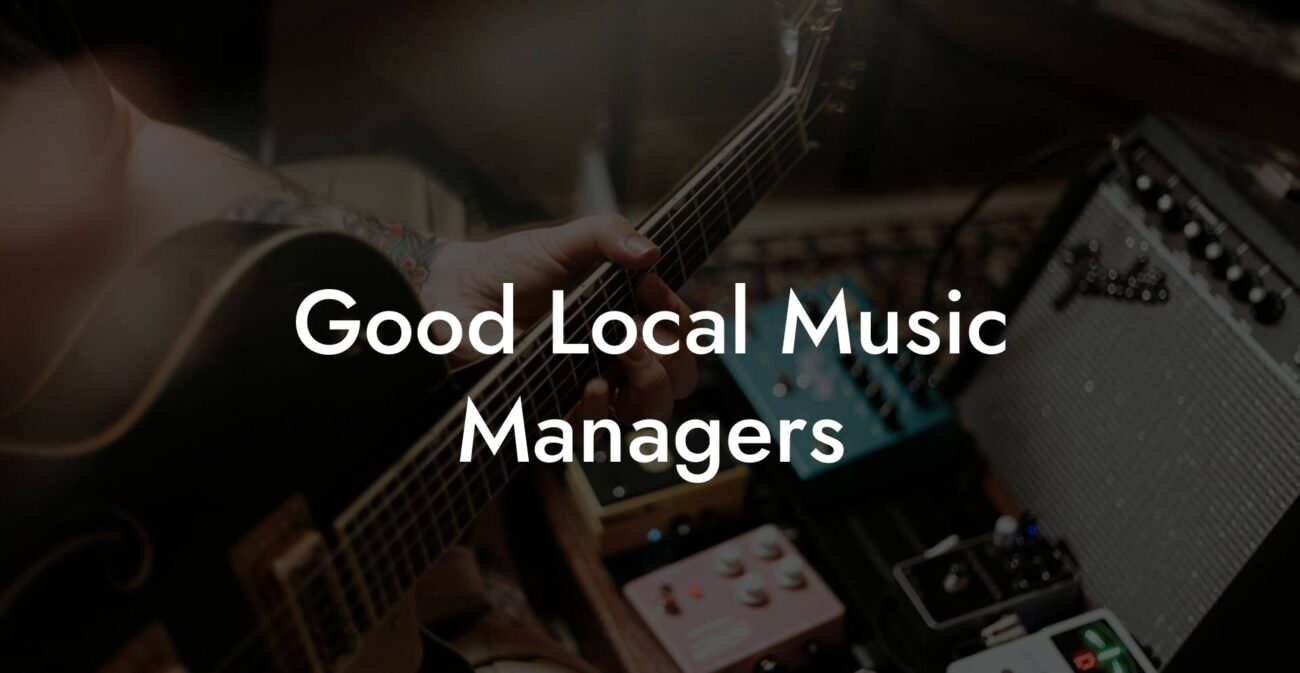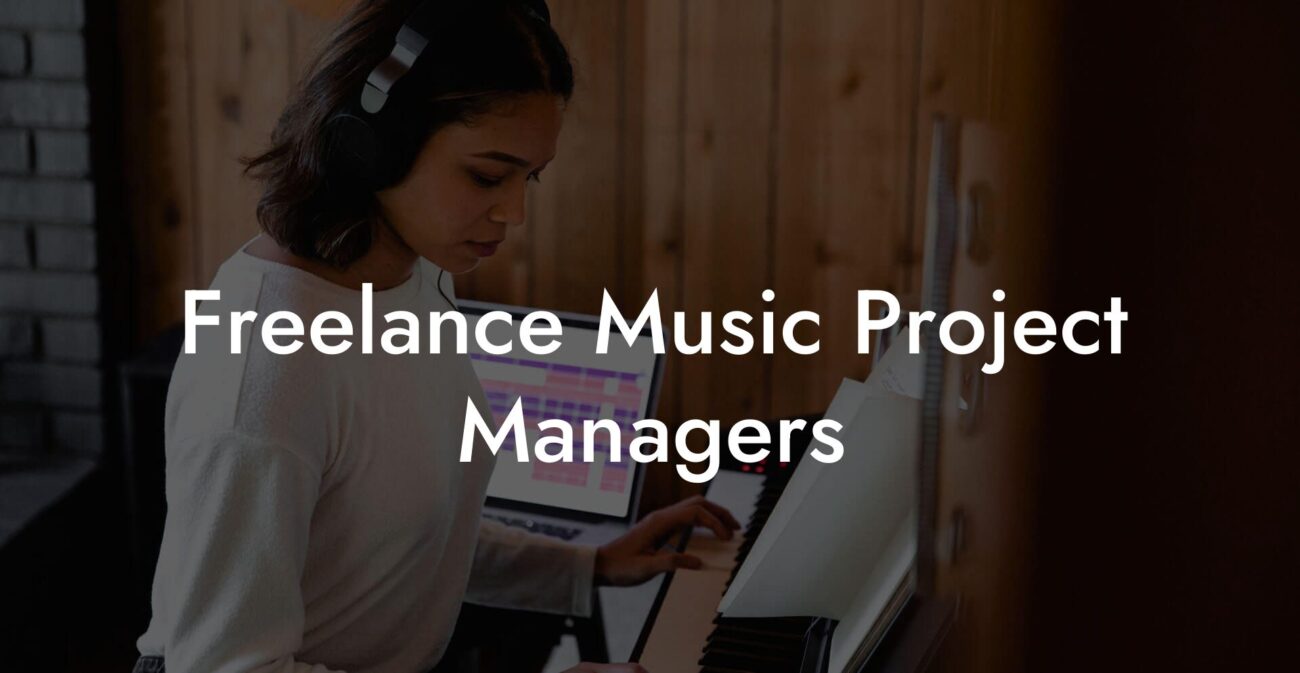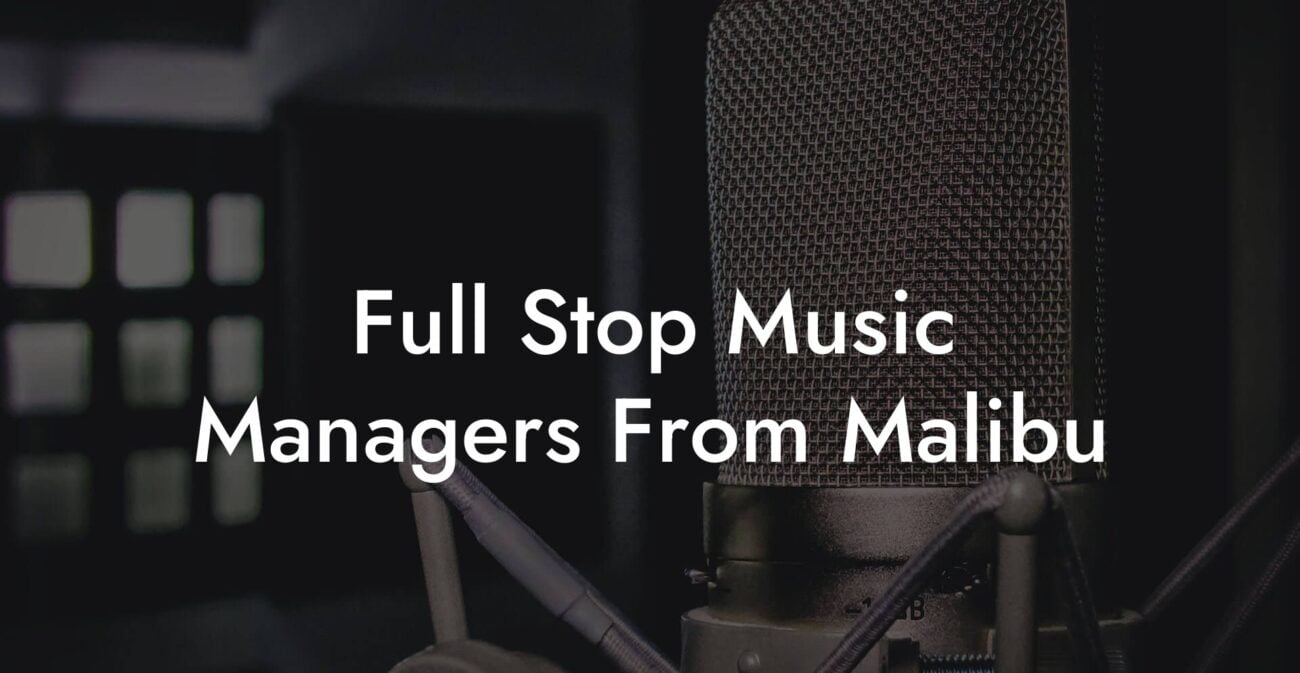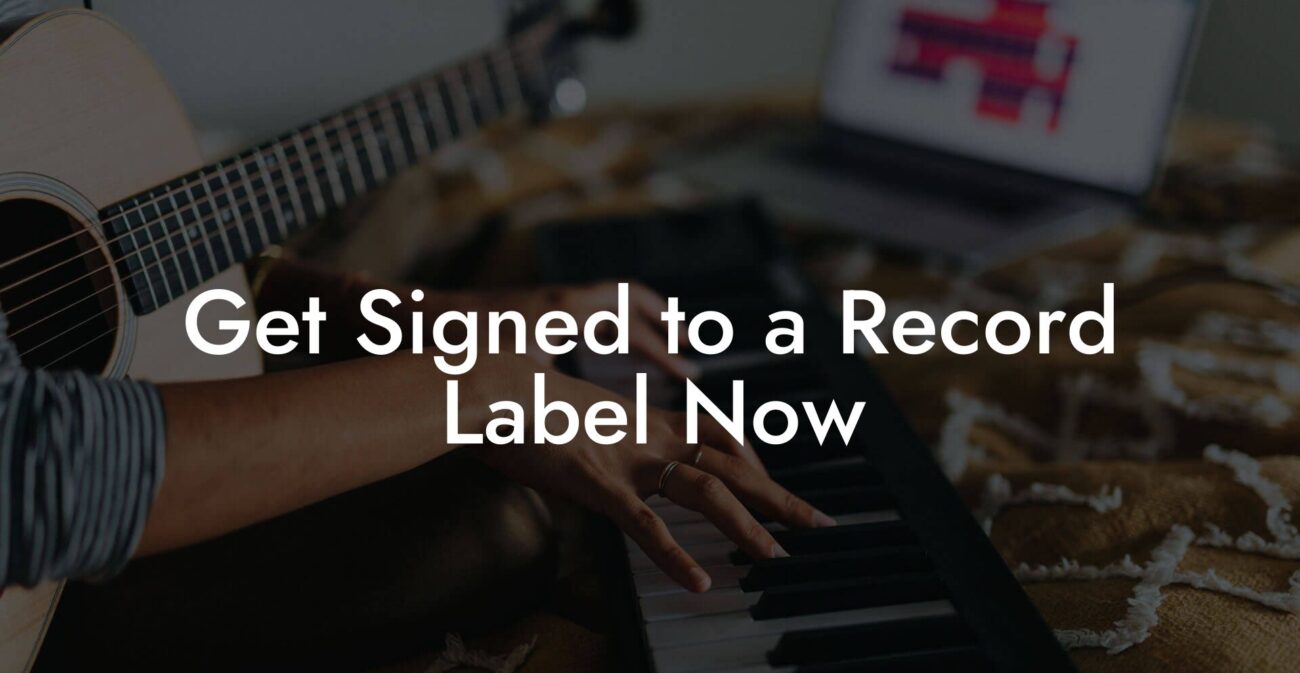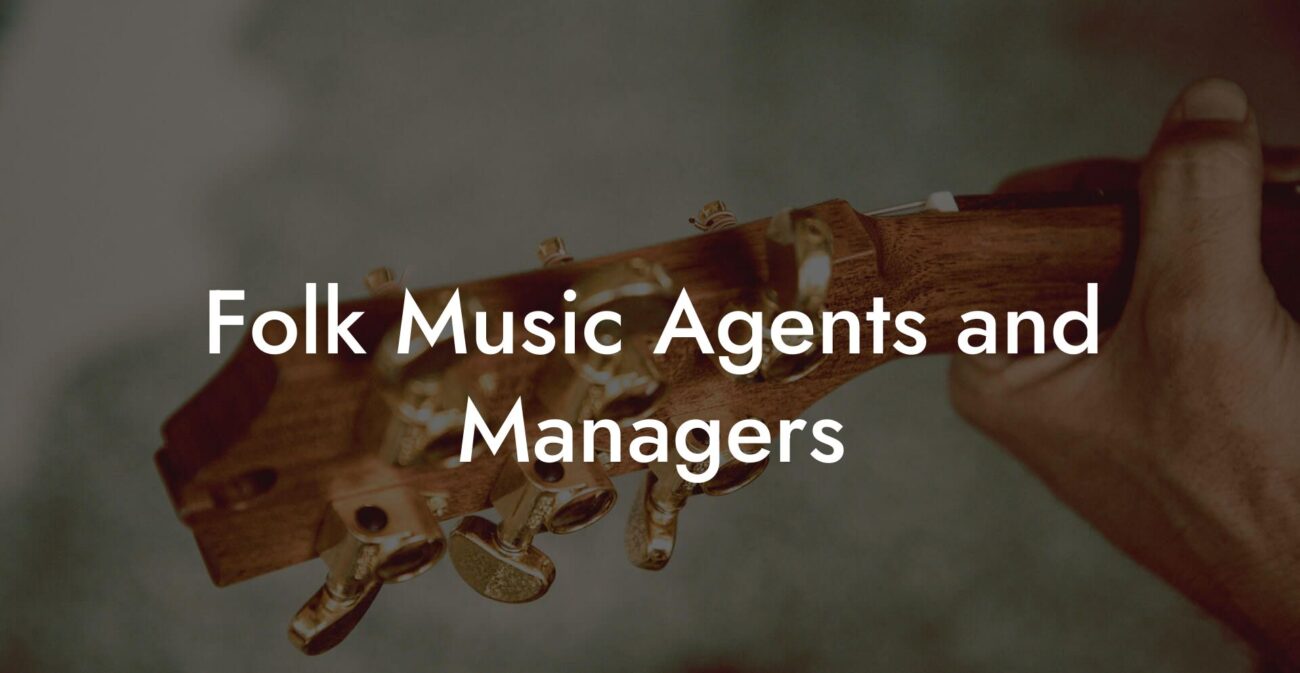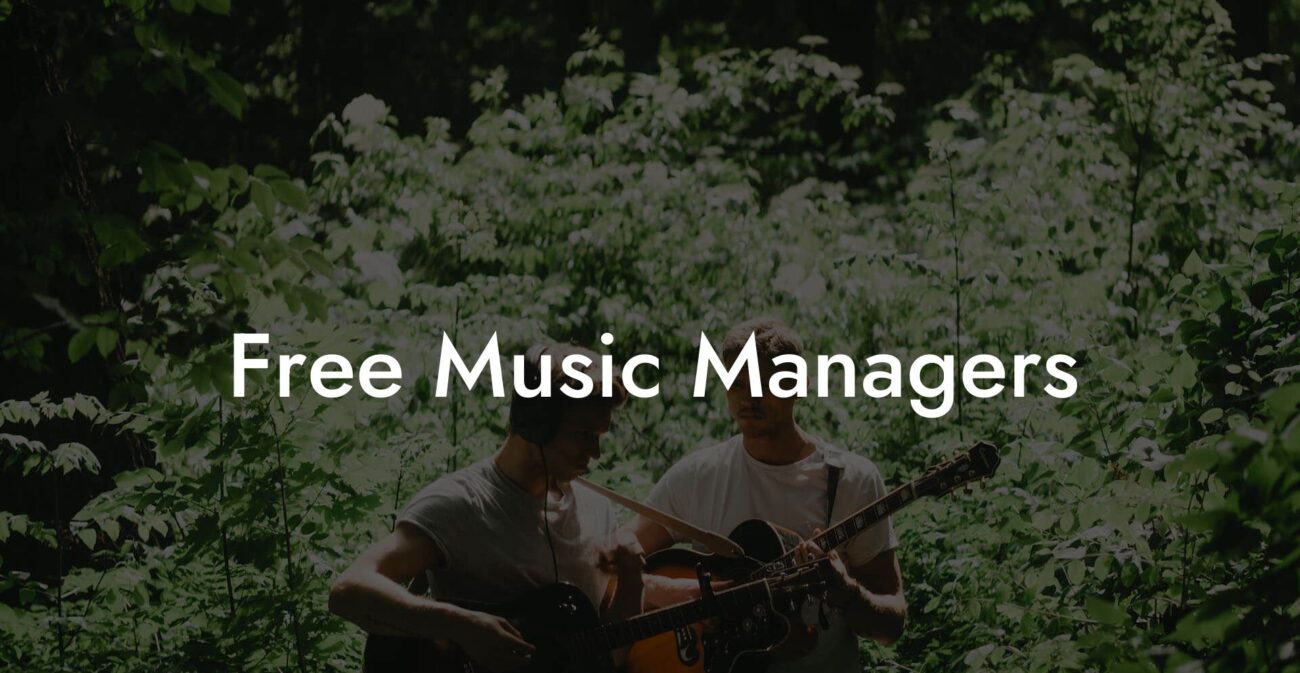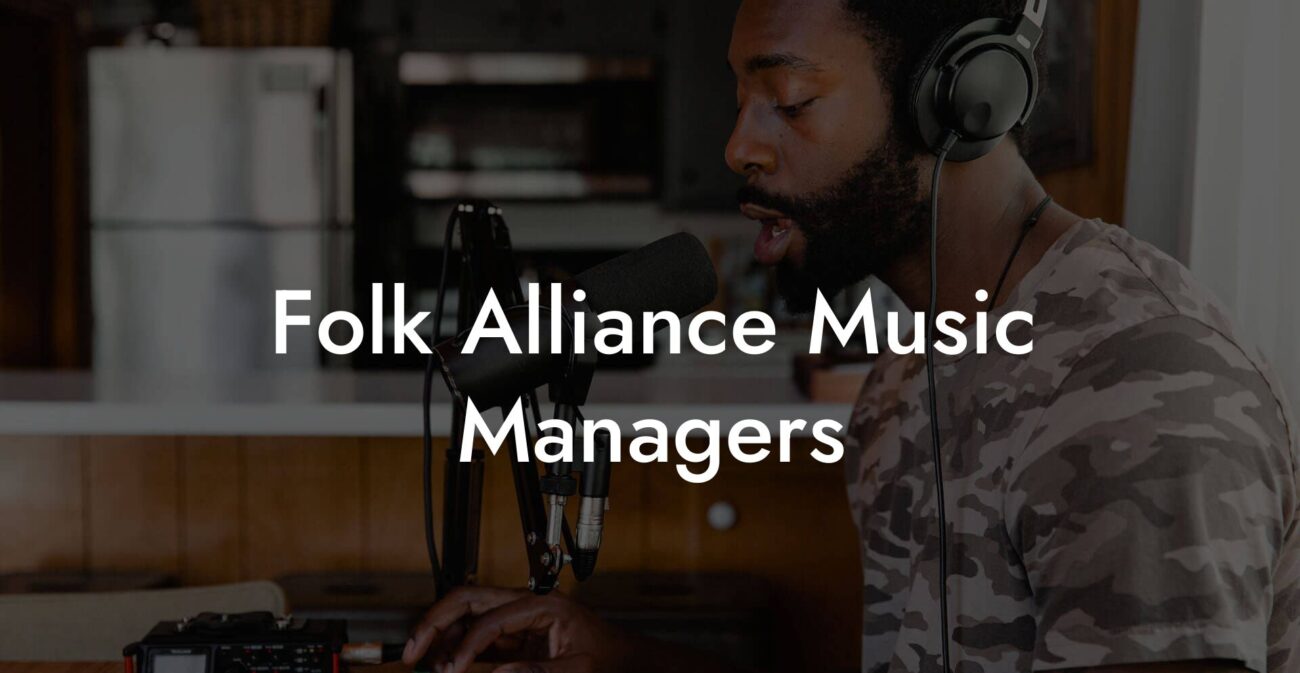Songwriting Advice
How To Make A New Song
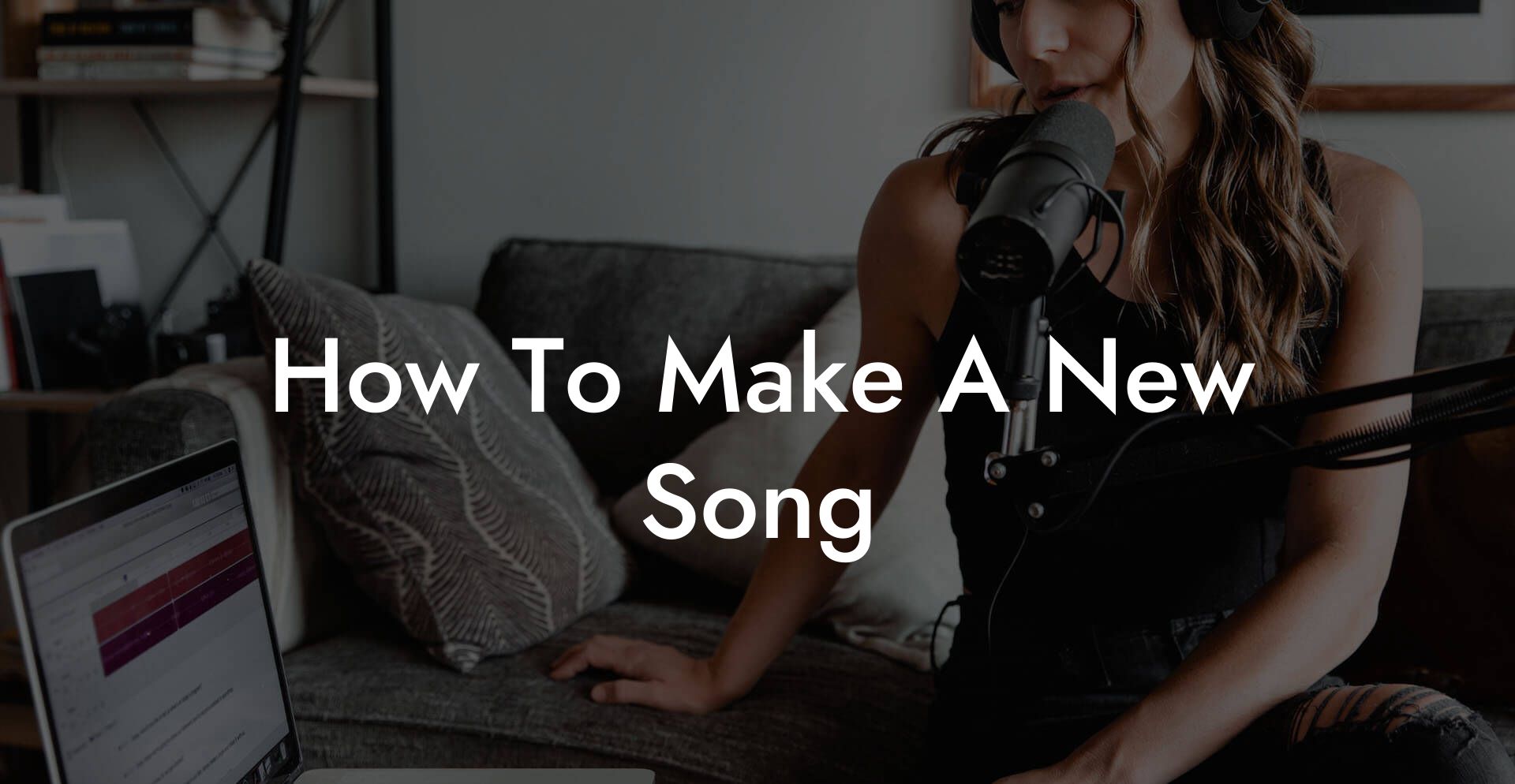
You want a new song that grabs someone in the first ten seconds and makes them open Spotify and never leave your artist page. You want a hook that is a little messy and very memorable. You want a demo that sounds expensive enough to get attention but not so perfect that you never finish. This is the road map for that exact result.
Quick Interruption: Ever wondered how huge artists end up fighting for their own songs? The answer is in the fine print. Learn the lines that protect you. Own your masters. Keep royalties. Keep playing shows without moving back in with Mom. Find out more →
Quick Interruption: Ever wondered how huge artists end up fighting for their own songs? The answer is in the fine print. Learn the lines that protect you. Own your masters. Keep royalties. Keep playing shows without moving back in with Mom. Find out more →
Quick Links to Useful Sections
- Overview: The Quick Path From Idea To Finished Song
- Start With One Clear Idea
- Find The Title
- Pick A Structure That Delivers The Hook Fast
- Structure One: Verse then Pre Chorus then Chorus then Verse then Chorus then Bridge then Chorus
- Structure Two: Verse then Chorus then Verse then Chorus then Post Chorus then Bridge then Chorus
- Structure Three: Hook Intro then Verse then Chorus then Verse then Chorus then Bridge then Double Chorus
- Create The Chord Foundation
- Find The Melody
- Write Lyrics That Show, Not Tell
- Use The Pre Chorus To Build Pressure
- Make A Chorus That Can Be Texted Back
- Arrangement And Production Basics
- Record A Focused Demo
- Editing And Mix Down Basics
- Prepare Your Files And Metadata For Release
- Release Strategy For A New Song
- Collaboration And Co Write Etiquette
- Legal Basics You Need To Know
- Speed Workflows And Templates
- Two Hour Song Sprint
- One Week Finish Template
- Common Mistakes And How To Fix Them
- Exercises To Improve Songwriting Fast
- Object Drill
- Vowel Pass Drill
- Camera Pass
- Promotion Ideas That Do Not Waste Time
- Real Life Example Walkthrough
- Songwriting Tools And Resources
- Frequently Asked Questions
- Action Plan You Can Use Today
This guide is built for busy musicians who want to move fast and sound intentional. It blends songwriting craft with practical production and release tactics. Expect honest workflow advice, real life scenarios you will actually use, and a few jokes where the truth hurts. We will explain every acronym like DAW and BPM so you can sound smart in meetings with managers or that one producer who uses too much reverb.
Overview: The Quick Path From Idea To Finished Song
Making a new song happens in a series of clear moves. Think of it as a recipe you can alter each time. The faster you cycle, the better you get. Here is the high level plan that we will unpack in detail.
- Find one strong idea and make it your promise for the song.
- Create a title that can be sung from a taxi and remembered from a TikTok clip.
- Pick a structure that serves the idea and sets up the hook early.
- Draft chords, melody, and a rough arrangement in your DAW. DAW means digital audio workstation and that is the software you use to record and arrange.
- Write lyrics that show, not tell. Use objects, times, and a small secret.
- Record a focused demo. Make the vocal clear and cut the clutter.
- Edit, mix down, and prepare metadata and files for release.
Start With One Clear Idea
Every great song is a promise. The promise is the feeling you deliver and the sentence you would text to a friend to explain the song. It can be simple and rude if you want. Here are example promises.
- I am done pretending I like you.
- This city makes me small until tonight.
- I keep calling myself brave but I still answer when you text.
Write one sentence like that. This is your north star. If a chorus line or a verse detail does not support that sentence, remove it. Real life scenario: you are in a cafe and a line pops into your head. Write the sentence on a napkin and use it as the title radar as you work on a train ride home.
Find The Title
The title is the handle people will use to talk about the song. Make it short and singable. If the title is more than five words, your listeners will probably not type it into a search bar at 2 AM. Aim for two to four words. Test it by texting it to a friend without context. If they reply with an emoji and a question mark you are close.
Title exercises
- Take your promise sentence and reduce it to a single phrase. Example promise: I keep calling myself brave but I still answer when you text. Possible title: Brave Phone.
- Make three alternate titles and sing each on a simple melody. The one that feels obvious is the winner.
- Imagine a sticker with the title on it. If it reads like a motivational quote, tighten it. If it reads like a meme, you might be onto something.
Pick A Structure That Delivers The Hook Fast
Streaming and short attention spans reward immediate identity. You should typically hit a recognizable hook inside the first 45 seconds. Here are useful structures that work for most modern songs.
Structure One: Verse then Pre Chorus then Chorus then Verse then Chorus then Bridge then Chorus
This gives you room to build tension and to make the chorus feel like payoff. Use the pre chorus to tighten language and raise energy. The chorus should be the simplest, most repeatable statement.
Structure Two: Verse then Chorus then Verse then Chorus then Post Chorus then Bridge then Chorus
This puts the chorus early. A post chorus is a short repeated tag that can be melodic or lyrical. The post chorus is good when the chorus has a title and the post chorus is an earworm hook like a single word or a melody without many words.
Structure Three: Hook Intro then Verse then Chorus then Verse then Chorus then Bridge then Double Chorus
This starts with a small hook to build recognition. Use it when you have a guitar lick or a vocal motif that can double as an intro and return. This works great for songs that want a signature motif people will hum in the shower.
Create The Chord Foundation
You do not need advanced music theory to make a compelling harmonic base but a little knowledge helps you work faster in the studio. If you are using a DAW and virtual instruments you can sketch chords in a few minutes using MIDI. MIDI stands for Musical Instrument Digital Interface. It is the data that tells virtual instruments what notes to play. If you are not comfortable with MIDI you can still pick a simple guitar or piano progression and record it live.
Three practical chord palettes
- Four chord loop for safety. Example progression in C major: C, G, Am, F. This is stable and leaves melody space.
- Minor verse, major chorus. Use a minor key for the verses to create color and then switch to its relative major or lift the harmony for the chorus to make the chorus feel like daylight.
- Pedal point. Hold the bass note while changing chords above. This creates tension and a strong center for the vocal.
Real life scenario: you are on a budget voice memo app and you have a cheap keyboard. Play two chords for two minutes and sing nonsense vowels. Use that as your demo. You can tidy it later in your DAW.
Find The Melody
Melody is where most songs live or die. Melody must be singable, memorable, and aligned with the rhythm of your lyrics. Use these tactical steps to find a melody quickly.
- Vowel pass. Sing only vowels over your chord loop. No words. Record for two minutes. This frees you from meaning and reveals shapes that feel natural.
- Mark moments that repeat easily. If a phrase keeps appearing in your vowel pass write down its rhythmic pattern and approximate pitches.
- Place the title on the most comfortable note for singing. Usually place the title on a long note or on the first strong beat of the chorus.
- Use range contrast. Keep verse range lower and chorus range higher. A small lift of a minor third to a perfect fourth between verse and chorus gives the chorus that visible edge.
Real life scenario: you are at a party and a melody pops into your head when the room gets loud. Record it into your phone. Later you will translate it into MIDI or play it on keys and write the chords around it.
Write Lyrics That Show, Not Tell
Lyrics are art direction for the listener. Replace obvious words with specific objects, small actions, and times of day. Use language that feels like a real text message from a human being. Avoid using too many poetic metaphors that only poets understand. The goal is clarity and emotional specificity.
The crime scene edit for lyrics
- Underline every abstract word. Replace each with a concrete detail you can picture in a snapshot.
- Add a time stamp or a place in each verse. People remember scenes with small markers like Wednesday at midnight or the bus stop with the flickering ad screen.
- Replace passive verbs with action verbs where possible. Action lines read like camera movement.
- Remove any line that states the obvious feeling. Instead show the habit or object that implies it.
Example rewrite
Before: I am lonely without you.
After: Your hoodie still hangs on my chair like it thinks I will come back.
Real life scenario: you got dumped at a grocery store. Instead of writing I feel broken you write I keep spinning the cereal boxes like I am searching for you. Details make the listener feel like they are in your head and also prevent your lines from reading like a group text from 2012.
Use The Pre Chorus To Build Pressure
The pre chorus is the climb. It should feel like a tightening of language and rhythm that begs for release. Use shorter words, a rising melody, and a line that points to the chorus without giving everything away. If you do not have a pre chorus your chorus still needs to land. The pre chorus is a powerful option when you need the chorus to feel earned.
Make A Chorus That Can Be Texted Back
The chorus is the song thesis. Make it repeatable and easy to hum. Aim for one to three lines. Repeat the title or paraphrase it so the listener can remember at first listen. Use open vowels on high notes. Open vowels are vowel sounds like ah oh and ay that are easy to sing loudly without straining.
Chorus recipe
- Say the core promise in a short sentence.
- Repeat a fragment or the title once.
- Add one image or consequence in the final line to make the chorus feel specific.
Arrangement And Production Basics
Arrangement means making choices about when each instrument plays and how sections breathe. Production means texture and sonic movement. Even if you are not a producer you should think like one because arrangement choices affect how your lyrics land.
- Intro identity. Give the listener something to recognize in the first four bars. It can be a vocal chop a guitar lick or a drum motif.
- Use contrast. Remove elements before the chorus and add them back at the chorus for payoff. Space is as important as sound.
- One signature sound. Pick one unique sonic character and let it recur like a friend in the arrangement. It can be a weird synth a pitched vocal or a specific guitar effect.
Production tool glossary
- EQ means equalization and it is the tool used to shape frequency. You remove or boost specific frequency ranges so instruments do not fight for the same space.
- Compression controls dynamic range. It makes quieter parts louder and louder parts quieter so the performance feels glued together.
- Reverb creates space. Use it to place the vocal or instrument in a physical environment like a room or a hall.
Record A Focused Demo
Your demo should sell the song not your engineering skills. A raw vocal with a clear melody over a few supporting elements often works better than a cluttered attempt at full production. Keep the vocal dry and in front. If you are recording at home use a decent microphone or even a good phone and record in a closet with hanging clothes. Serious tip this trick actually works.
Demo checklist
- Vocal that can be heard clearly. Double the chorus if it helps but avoid too many competing ad libs.
- Basic rhythmic drive. Even a handclap loop or a simple kick and snare will keep momentum.
- Two or three harmonic elements. For example piano and bass or guitar and pad. Less is more.
- Time stamped file name. Include the date and a short title like 2025 11 01 Brave Phone demo.
Editing And Mix Down Basics
Editing is surgery. Remove anything that does not support the title promise. Then mix for clarity. If you are mixing on your own learn to carve space for the vocal with EQ and to place instruments using panning and reverb. If you cannot mix get a capable friend and trade something for their help. The goal is a balanced demo where the chorus line is obvious.
Quick mixing checklist
- High pass the vocal track to remove rumble. High pass is an EQ move that cuts low frequency below a point so the vocal does not sound muddy.
- Create separation with EQ. Give bass frequencies to bass and kick. Give mids to guitars and keys. Keep the vocal clear in the mid range.
- Use a single reverb for the vocal as glue. Too many reverbs will blur focus.
- Reference against commercial songs with similar style to check balance and loudness.
Prepare Your Files And Metadata For Release
When you are ready to release you will need a few assets and a tiny bit of admin. Do not let the small administrative tasks sabotage your art. We are not talking about taxes yet. We mean the files and codes that digital distributors need.
- Final WAV file. WAV is a high quality uncompressed audio file. Export at 44.1 kilohertz sample rate and at least 16 bit depth though 24 bit is better.
- Artwork that meets streaming platforms requirements. Square images at a minimum of 3000 by 3000 pixels are standard.
- Metadata. Song title artist name songwriter credits publisher name and the correct primary genre. Metadata helps services and humans find your music.
- ISRC code if you have one. ISRC stands for International Standard Recording Code and it is a unique identifier for a recording. Your distributor can assign one if you do not have it.
- UPC for your release if you are releasing as a single or an album. UPC stands for Universal Product Code and distributors provide it if needed.
Release Strategy For A New Song
Release strategy is planning what you will do to create first listens and traction. Even small artists can be strategic and get more impact from a single track. Pick two things you will do well rather than five things you will do poorly.
Simple release plan
- Pre save and teaser. Use a link shortener or a pre save service and spend one week running a single consistent teaser clip on social media. A teaser can be a 15 second clip of the chorus or a behind the scenes of you doing the vowel pass.
- Release day plan. Post a clean lyric clip a live office hour or an Instagram story and ask listeners to share a screenshot of the song in their playlist.
- Post release content. Make at least three additional short clips showing different angles of the song like a stripped acoustic or a collaboration with a dancer. Short form video drives discovery.
Real life scenario: you release a song and get three playlists from friends and a Barbershop owner who plays your track in the shop. That is traction. Celebrate it and nurture those first fans by replying to DMs and doing a live Q and A where you tell the messy story about writing the chorus at 3 AM.
Collaboration And Co Write Etiquette
Co writing is a skill. You need a short set of rules so you do not waste time or friendships. Be clear about splits up front. Splits are the percentage of songwriting ownership each person has. Example: a simple split could be 50 percent writer A and 50 percent writer B if both contributed equally. If someone brought the title or the chorus you might give them a larger share. Talk about splits before the session ends.
Co write practical tips
- Bring an idea not a fully formed ego. People will remember your attitude more than your guitar skills.
- Record everything even rough voice memos. You might need that stray melody later.
- Agree on admin. Who uploads the demo who registers the song with a performing rights organization and who submits metadata. These tasks are boring but vital.
Legal Basics You Need To Know
You do not need to be a lawyer to protect your song but know the basics. Register your song with a performing rights organization or PRO. PRO stands for performing rights organization. Examples include ASCAP BMI and SESAC in the United States. Registration ensures you get paid when the song is played on the radio streamed or performed live in some contexts.
Also keep a written split sheet when you co write. The split sheet is a simple document that lists each writer and the agreed percentage. A split sheet prevents future arguments. You can create one as a shared note or a PDF signed by everyone. Make it a habit.
Speed Workflows And Templates
If you want to write more songs finish things quickly. Use templates and timed drills. Here are workflows that force you to make decisions fast and keep momentum.
Two Hour Song Sprint
- 20 minutes idea time. Write your promise and three title options.
- 20 minutes chord work. Choose a three or four chord loop and record a simple pattern in your DAW or phone.
- 30 minutes topline. Do a vowel pass find the chorus and record a guide vocal.
- 30 minutes lyrics and pre chorus. Fill in one verse and the chorus. Keep it raw.
- 20 minutes quick demo and export. Record vocals with a clear level and a simple backing. Save a WAV and a compressed MP3 for quick sharing.
One Week Finish Template
- Day one idea and title.
- Day two verse and chords.
- Day three chorus and pre chorus.
- Day four arrangement and demo recording.
- Day five edits and light mixing.
- Day six metadata and upload to a distributor as a private link for feedback.
- Day seven revise and release date planning.
Common Mistakes And How To Fix Them
- Too many ideas in one song. Fix by choosing one emotional promise and removing other competing ideas.
- Vague lyrics. Fix by replacing abstract words with tactile objects actions and time stamps.
- Chorus that does not lift. Fix by increasing melodic range simplifying language and widening rhythmic space.
- Overproduced demo that hides the song. Fix by stripping back to the vocal and one or two supporting elements so the melody stands out.
- Not finishing songs. Fix by setting stop rules. For example stop after the first demo if the chorus lands and get feedback from three people before you revise again.
Exercises To Improve Songwriting Fast
Object Drill
Pick an object near you and write four lines that use that object in different roles. Ten minute time limit. Example object: subway card. Lines could show habit memory regret and future action.
Vowel Pass Drill
Play a two chord loop and sing only vowels for two minutes. Mark moments you want to repeat. Translate those moments into a chorus and place the title on the most singable vowel.
Camera Pass
Read your verse and write the camera shot for each line in brackets. If you cannot imagine a shot rewrite the line with a clear object and action. This forces showing rather than telling.
Promotion Ideas That Do Not Waste Time
- Make three vertical videos each with a distinct angle. Angle one is performance angle two is the behind the lyrics angle and angle three is a comedic take that leans into your personality.
- Ask for a screenshot. Ask listeners to screenshot the song in their streaming app and tag you. It is old fashioned but it drives algorithmic engagement.
- Do a live morning session. People love watching the messy parts. Show how the song started with a vowel pass and a napkin title. It humanizes you and people share authenticity.
Real Life Example Walkthrough
Here is an actual write up of a song made fast and messy in a useful way.
Step one idea. On a 2 AM walk the writer felt proud and small after a breakup. Promise sentence: I look like I am fine but I keep the spare key under the plant.
Title options. Spare Key Plant Key Key Under The Plant. They picked Spare Key because it is both concrete and slightly mysterious.
Chord palette. Two chord loop in A minor for the verse and a lift to C major for the chorus. Simple bass and a clean guitar picked pattern gave space for a vocal to breathe.
Topline. Vocal vowel pass for three minutes found a chorus phrase. The chorus landed on Spare Key held for three beats then a quick follow up line with a playful image.
Lyrics. Verse one showed the plant and the kettle habit. Pre chorus built with a rising rhythm. Chorus said the promise. Demo recorded on the phone in the kitchen with a closet as vocal booth. The producer friend added a minimal beat and a pad to widen the chorus.
Result. The demo sounded intimate and found an audience on social media when the writer posted a short clip explaining the spare key ritual. The track attracted playlist adds and a local bar included it in a staff favorites playlist. The writer kept the song simple and did not overproduce which preserved its honesty.
Songwriting Tools And Resources
- DAWs like Ableton Live Logic Pro and FL Studio. Logic Pro is common on Mac computers. Ableton Live is popular with electronic producers. FL Studio is often used for beat making. Each DAW has a learning curve. Pick one and stick with it for a while.
- Reference tracks. Keep three songs that share mood and production style and compare mix balance and energy.
- Lyric tools like rhyme dictionaries and thesauruses. Use them sparingly. The best lines often come from honest observation not clever rhyme.
- Song registration services. If you are in the United States register with a PRO like ASCAP or BMI. Outside the United States find your local PRO and register the song early.
Frequently Asked Questions
How long should it take to write a new song
There is no fixed rule. Some songs arrive in thirty minutes and others evolve over months. For practical productivity aim to finish a first demo within two days or at most one week. That helps you get feedback and decide if the song is worth chasing to a full production. If perfectionism is your problem set a hard stop after seven days for the first version.
Do I need a producer to make a good song
No. You can make a great song without a professional producer. Producers bring skill and perspective but many artists write and produce excellent tracks on their own. Learn basic production or collaborate with a producer when the song has proven value and when you can afford to trade money or time fairly.
Where do I start if I am not a musician but have an idea
Start with the promise sentence and a title. Record a voice memo with a melody or a spoken line. Find a collaborator who plays an instrument or use a simple chord generator in a DAW. The idea matters more than your current instrument skills. Build a demo slowly and trade co write or production work with people who complement your strengths.
What is a good day one goal for a new song
By the end of day one you should have a written promise a title and a rough topline or chord loop. This gives you a skeleton to work on and prevents you from over polishing one small verse while the chorus is missing.
How do I make the chorus more memorable
Make the chorus simple repeatable and slightly surprising. Use a ring phrase where you start and end the chorus with the same short title phrase. Elevate the melody range and simplify the language. Repetition is your friend when it is intentional.
Action Plan You Can Use Today
- Write one sentence that states the song promise. Turn it into three title options and pick one.
- Make a two chord loop and do a two minute vowel pass to find a melody shape.
- Place your title on the most singable note of your chorus and write one image that proves the promise.
- Record a focused demo with a clear vocal and a simple backing. Export a WAV and share with three trusted listeners for feedback.
- Register the song with your PRO and save a draft split sheet if you co wrote with anyone.

